Shot Types in Film Review
Working with different types of shots in film plays a vital role in great cinematography in the video production process. In other words, the crucial questions are how to work with the camera to show a deep understanding of the script elements or the role of actors for excellent filmmaking. To properly shoot, you need knowledge. Find some tips on movie shot types to help you avoid mistakes that may ruin even a well-thought-out video project in the end.

What is a Camera Shot?
Traditionally, the camera shot definition is types of camera shots in film angle used to specify the location where the camera is placed to take a shot.
A camera shot is how much space the audience sees in a particular frame.
(Masterclass)
Coverage in cinematography is a term that describes shooting a scene from different types of camera angles, viewing angles, and distances, thus giving you the raw material you need to edit the frames of that scene into a single visually attractive and emotional message to the viewer. Each shot type or each angle requires a different approach.
Basic Camera Shot Sizes
What are the camera shots? There are some types of video shooting that are quite popular and well-known to people who do not engage in filmmaking professionally. Le’s recollect them.
Close-up
This is the closest shoot from different shot angles. Close-up is a different types of shot of the actor above the neck (head, portrait photography). The viewer sees someone who’s in front of the way the character sees. This is often used to allow the viewer to experience a given episode and the character’s emotions when they are in danger, surprised, shocked, etc. From this angle, other actors can look at the camera to form the audience’s illusion as if they are living inside the character’s body.
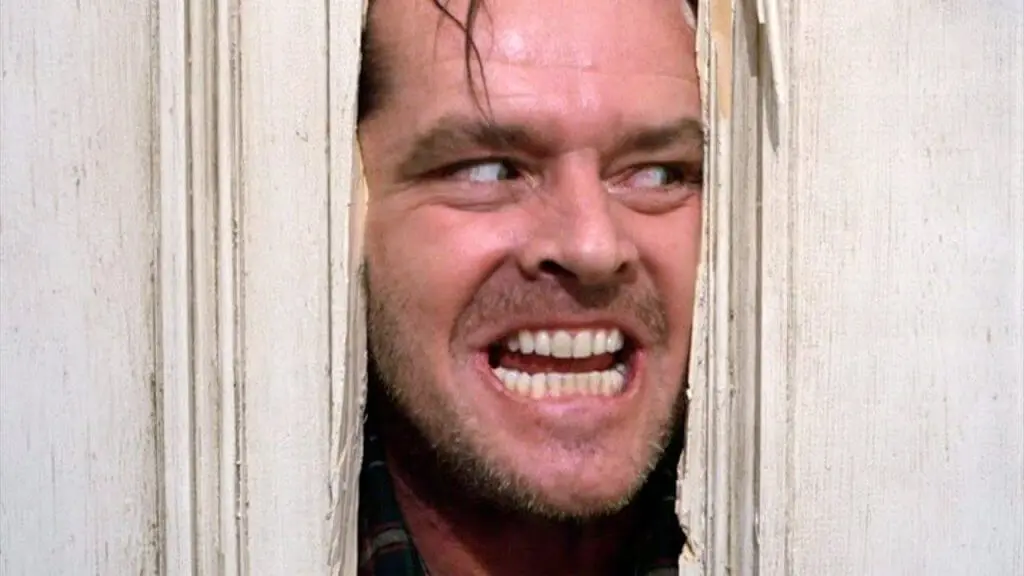
Medium Shot
The medium shot from all types camera angles is one of the types of camera shots, where the actor is shown up to the waist. Some differentiate medium – chest-high, the medium, and the body of a man without legs – an American shot.
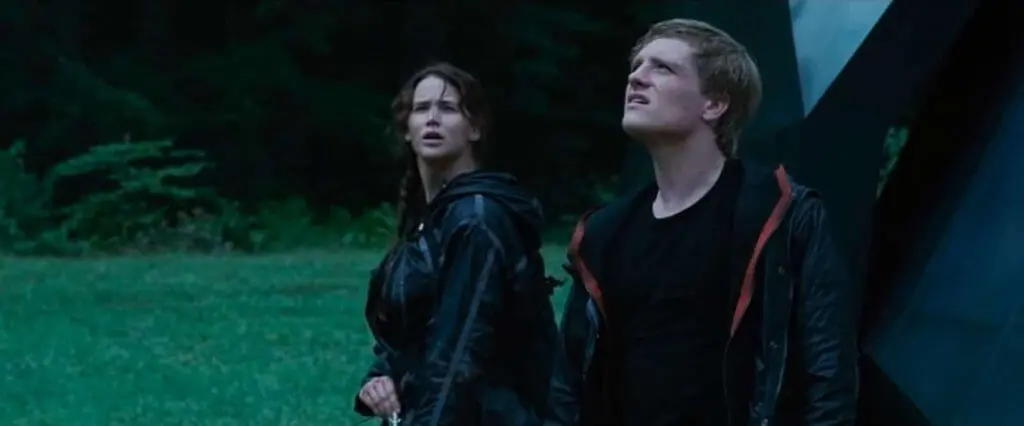
Long Shot
The long shot, which is also one of the different types of shots in videography, is known as the wide shot. It is used as an establishing shot for a film because it usually sets the scene and the character’s place within it. With the help of this type of camera shot, the entire length of the subject is shown, while a large amount of the surrounding area of the film setting remains included.
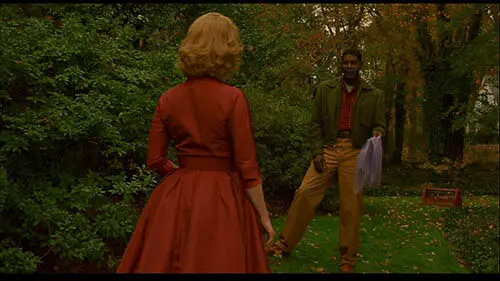
Extreme Close-up
A close-up in detail is the shoot – so close that only part of the actor’s face is visible. This technique can be used quite powerfully in highly emotional scenes. Save such types of cinematic shots for your most emotional moments.
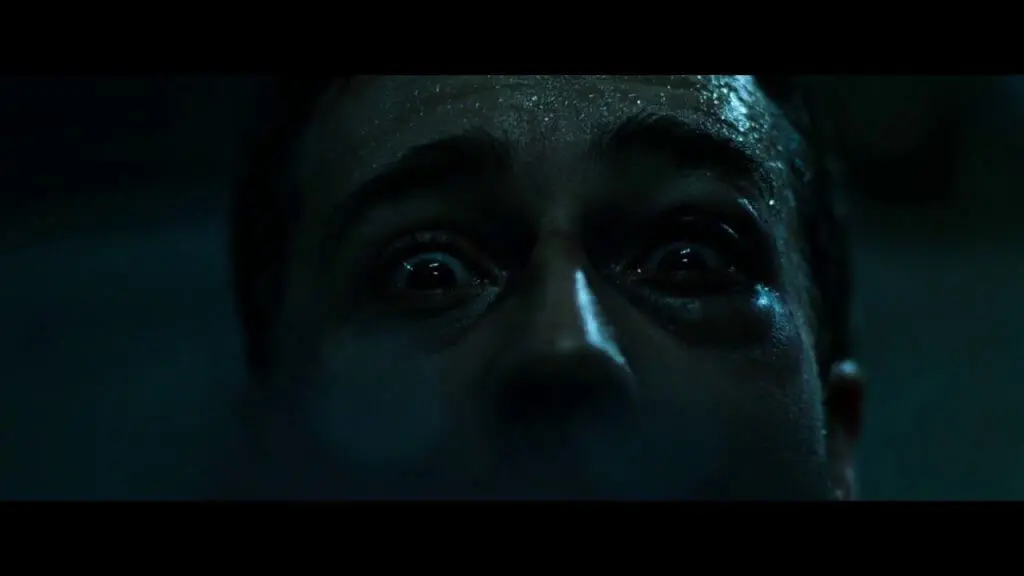
Inserts
Inserts cover extra action already covered in the master shot but emphasize different shots in film aspect due to the other framing.
An insert is also a frame of something other than the actors added to the scene. For example, there may be a ticking clock. Insertion frames can help with editing when you do not have a suitable angle to transition between the frames. Add this insert, and the change will look smoother.
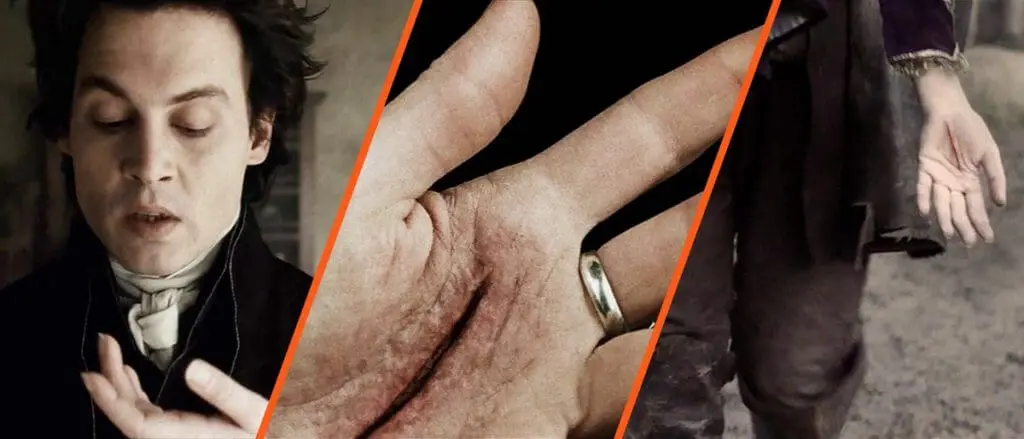
Types of Camera Angles Shots
Apart from different camera shot types, there are also various types of camera shots and angles you may change depending on the effect you want to achieve while shooting your videos.
High-Angle
This is instead a cinematography technique where the camera points down on the subject from above. This type of shot angle makes the subject or the object below seem small, vulnerable, powerless, or weak.
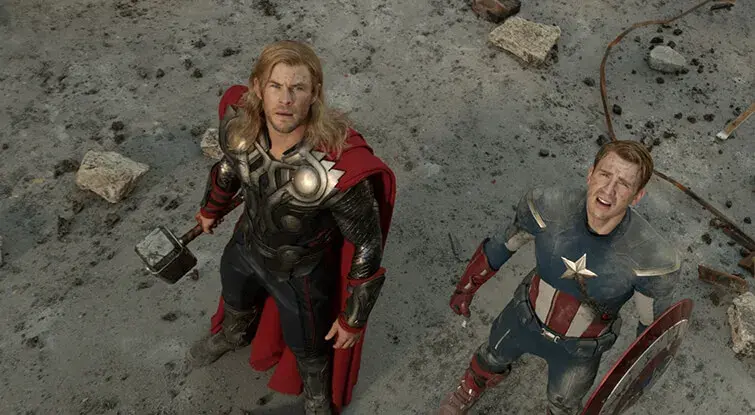
Low-Angle
When you position a camera this way, below the eye line level, lower on the vertical axis, it may look up at objects or subjects above as if really from their heights. This method is implemented to evoke instead a psychological effect imposing on something, looking powerful and robust.
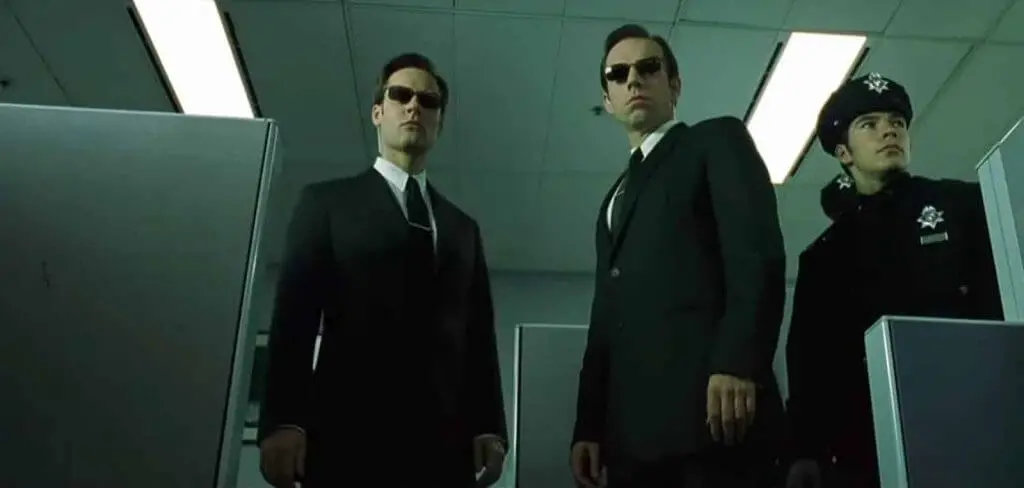
Over the Shoulder
Over the shoulder is a medium to a close-up view of two actors, usually shot from behind one of them and showing the face of the other, emphasizing emotions.
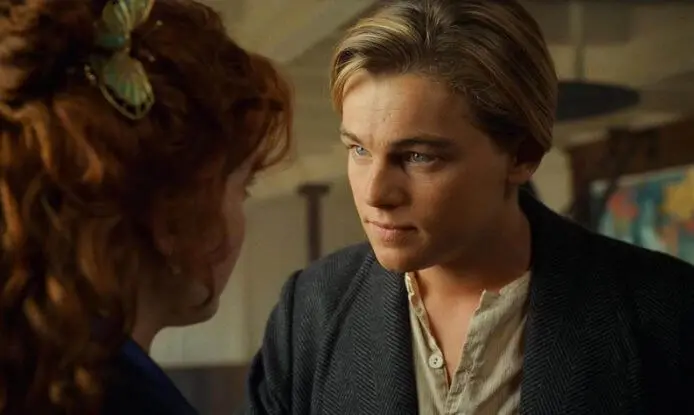
Tilt
Tilt or Dutch Angle is one of the different shot types in the film where there is more of a stylistic approach. To execute Tilt, you must tilt your camera to one side, resulting in a frame that is not level.
Such shots in cinematography & camera angle are applied to create a dramatic impression within a video that may evoke the whole series of various emotions.
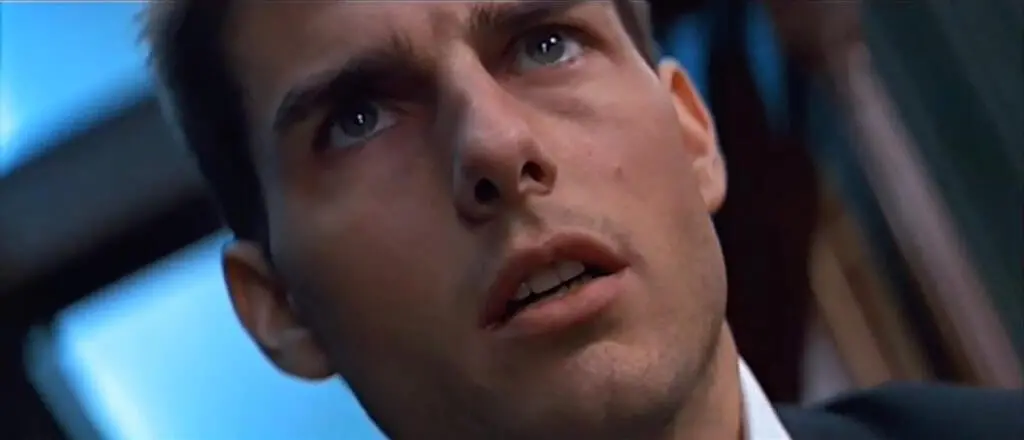
Bird’s Eye
When we talk about the Bird’s Eye, this is about a view shot or a kind of an aerial view shot, and you may observe it when the camera is located up above, overhead, capturing the action going on down below. One of the most beautiful views to watch.

What Is Camera Shot Framing?
There is another aspect of shooting films you should know. It’s camera framing.
‘Camera framing is the placement and position of the subjects in your shots. Shots are all about composition. Rather than pointing the camera at the subject, you need to compose an image.’
(Studiobinder)
No more, no less. So, now you are aware of shot framing in addition to different types of camera angles. Let’s see which frame type there are to use for your video explainers.
Types of Camera Framing
You may find at least four primary camera framing types to know while getting a deeper insight into video-making technology. You may find them below.
Single shot
Single-shot firearms are those that may hold only a single ammunition round. They must be reloaded manually after every shot one by one.
Two Shot
Naturally, a two-shot is the shot type where two objects are displayed in the same frame. The subjects don’t necessarily have to be placed next to each other in this frame type.
Three Shot
A three-shot, accordingly, is a shot type when three characters are placed in the same frame. A point-of-view shot (POV) may be considered as one of three shot variations.
Point-of-View Shot (POV)
Point of view shot is intended to show the viewer what one of the characters sees, i.e. this is a shot from the perspective of the actor. This plan was described in a previous article.
What Is Camera Movement?
The way you shot the camera to visually narrate or shape the viewer’s perspective of a scene refers to a camera movement.
Moving a camera a certain way can also alter the narrative of the story you’re trying to tell and the content you’re presenting.
There are also some types you may come across while making videos.
Types of Camera Movement
Often filmmakers need to adjust their camera lens to create the shot they need by using various types of camera movement. Among them here are the most widely applied for different kinds of camera shots.
Basic Camera Moves
There are a couple of basic camera movements that are widely applied in filmmaking. Here they are.
Zoom
Zooming is the most widely used trick. Before pressing the zoom button, however, clearly explain why you are doing this. Do you need a close-up of an object? Or do you play with influx just because you can? And, unless you have a good reason to use a dissolved panorama, you better avoid it. Many famous directors like Spielberg, Hitchcock, etc., shot entire films organically without a single zoom.
Pan
Panning is a technique of moving your camera horizontally. You may do it either left to the right or right to the left. The base is still fixated on a certain point.
If you do decide to go horizontally (moving from side to side) or vertically (moving up or down), try to move the camera very slowly to make your plan organic.
Rack Focus
A rack focus is known to be one of the basic camera moves for any video maker. This filmmaking technique allows changing the lens’s focus during a continuous shot so that the focal plane “racks” when it shifts from one object to another.
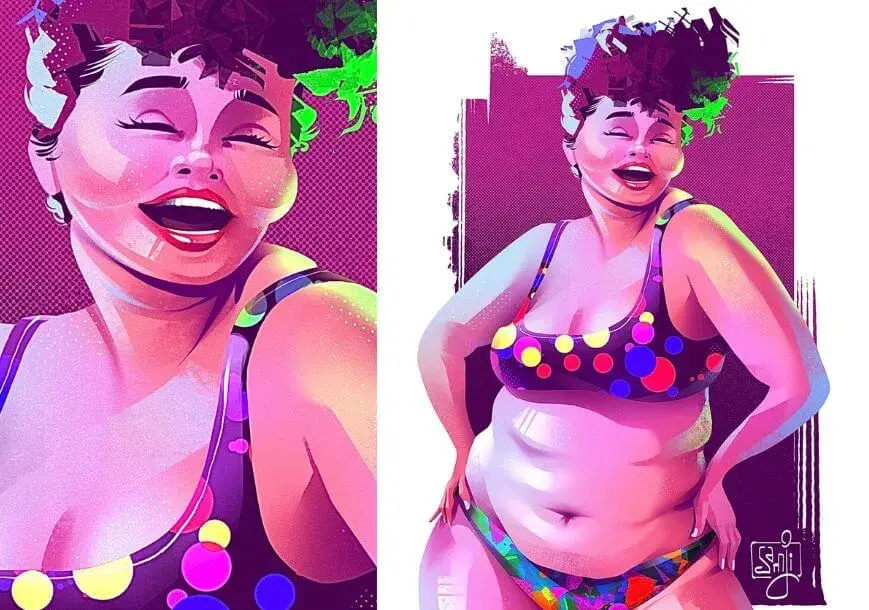
How to Make Your Film Better?
During the filmmaking process, you may resort to different shots in the film, apply various camera movements with different angles, and so much more to achieve the desired frame. When the acting, directing, screenplay, cinematography, and overall production value all work together to tell a single, compelling, and impactful story, it is what defines a video as “good.” In essence, a good movie employs all these techniques to create an emotionally engaging plot.
It’s common, as your video may consist of many parts. Each should be shot from the best angle to show that part of the story how you want to present it to the viewer. This usually means the angle of view so that the actors are seen most clearly, and their emotions are catered to the viewers. Sometimes you want to intrigue the viewer by not showing some of the action taking place on stage, too!
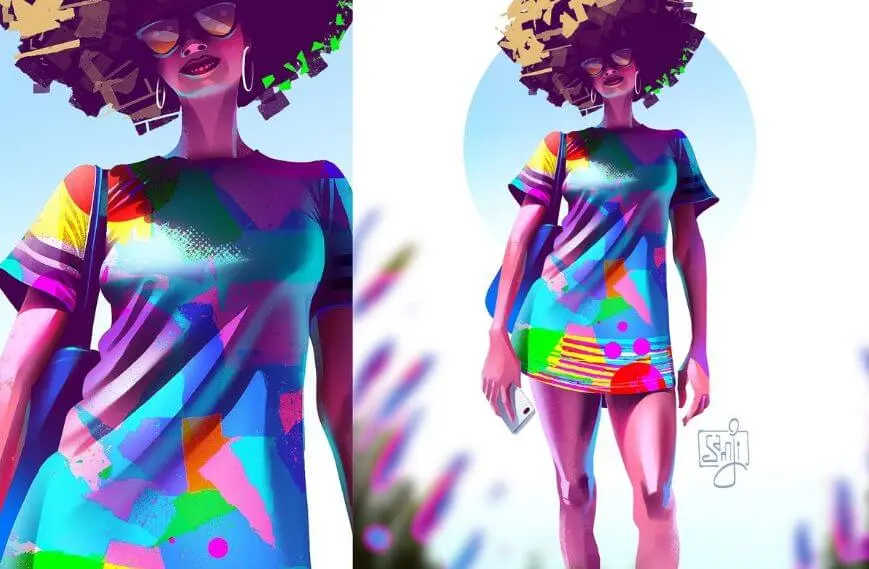
Before you make any movement, to achieve better results, every time your camera changes its position, you should ask yourself: is this angle the best for describing this stage of the story?
The camera angles are an essential part of making the movie work. In real life, we see the world only from one side until we go and change the place of our view. So, during the filming process, you have the opportunity to jump from one place to another, where the story is told most vividly and interestingly. And all that is due to the knowledge of shot types.
Go ahead if you have anything to add in the comments!


